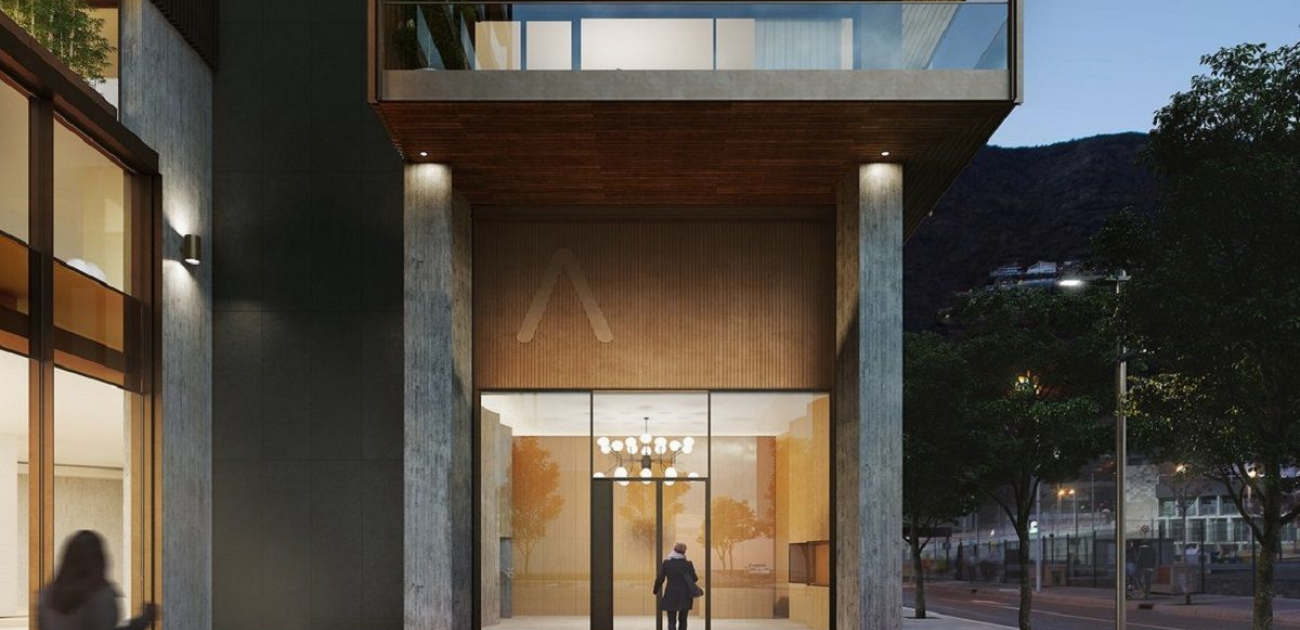The 'Build To Rent': Current Or Retrospective Trend Of The Andorran Real Estate Market?
It is true that the formula called build to rent or, in our language, build to lease, is a growing real estate trend in the international market. Many of the real estate operations carried out in 2019 had this formula, which is imposed as a model for 2020, also in Andorra. This investment formula seeks the acquisition or construction of real estate assets in order to execute a project for rent. This formula allows for interesting returns, not only in the short term, but in a longer scenario, and for the estate to remain in the hands of the owner.
In Andorra this figure can be interesting for different reasons. Firstly, due to the growing demand for this product, which has favored the promotion by real estate administrations of real estate under this rental scheme through various incentives, and secondly, due to the turbulence in other investment markets. .
However, at the international level, it is still an underdeveloped market where private real estate players have little weight and are paving the way for real estate developers and investment funds. However, the scenario will change and will not be limited to residential rent, but will include the office market, including so-called coworkings, and the commercial market. The plurality of uses in the same building is a trend and these buildings designed for the rental market will seek to cover the full needs of tenants. This will probably be one of the lessons left to us by the confinement experienced with the Covid-19.
However, build to rent requires a change of mindset in real estate players. In recent years, only those real estate units that had not achieved an exit in the sale market were intended for rent. Now, build to rent is emerging as the first option in the execution of the real estate project.
But this is not a new formula in Andorra. Let us remember that in the middle of the last century, when foreign investment was far away, many of the investments made were in this modality. Assets may not have been acquired for the purpose of building buildings for rent, but buildings under this regime were built on plots of existing heritage. So the trends are back. And maintaining ownership of the scaffolded buildings, getting a return in the form of guaranteed rents, can be more than interesting.
Careful study of the operation becomes key, with the participation of qualified professionals in the financial, legal and technical areas. Currently, the regulations in the field of urban planning, construction or taxation are much more complex than in the middle of the last century, which requires the joint analysis of all variables.
A combination of public incentives to build to rent was introduced by Law 3/2019, of 17 January, on urgent measures relating to housing leasing. A rule that became a success by the public authorities, with the aim of improving access to housing and which indirectly promotes this type of real estate investment. Among the public incentives, we will highlight those relating to the economic transfer, the wealth transfer tax, the indirect general tax and, finally, the flexibility of the habitability requirements in certain assets.
With regard to the economic and fiscal incentives of the operation, the norm allows in these cases the postponement or the fractionation of the amount of the economic cession in the case of the construction or the extension of buildings the main use of which is intended for residential rent. Therefore, it allows the execution of projects in this modality with flexibility of payment of this cession.
We also find incentives in the tax field with regard to the tax on real estate property transfers, where the state rate of 1% of those operations in which the purchaser of the property is dedicated to the lease becomes inapplicable. of residential housing and lease the property acquired for at least five years, in accordance with the provisions of the Law of urban property leases.
Continuing with taxation, and specifically in the area of indirect general tax, a super-reduced tax rate of 0% is established for the leasing operations of buildings intended exclusively for housing. The super-reduced rate extends to car parks, accessory annexes to car parks and furniture, leased in conjunction with these homes.
In relation to the exemption from certain habitability requirements, the Law provides that rehabilitation or refurbishment licenses may be granted temporarily, in certain cases, if the works are intended to condition a building to be used entirely for multifamily housing in residential rental scheme mainly. Here, perhaps we could find ourselves in a buy to rent assumption and not so much build to rent.
Andorra is a good setting where the different actors involved (administrations, developers, contractors, professionals and financial institutions) can set achievable deadlines and formalize agreements that make build to rent possible as a successful model for foreign and Andorran investors. Few environments can reach the degree of maturity and legal certainty to guarantee such operations as Andorra. For this reason, these operations are already on the radar or running international funds. Despite Anglicism, build to rent was the real estate model followed for many years where it was primarily built for rent and not for sale. Maybe it’s time to get it back up to date and professional.
Do you want more information?
 Elena Redondo
Elena RedondoElena Redondo is a Partner at Cases & Lacambra in Andorra. Her practice is focused on Public Law, Real Estate, Construction and Environmental Law and she has participated in the drafting of regulatory projects in such areas.
